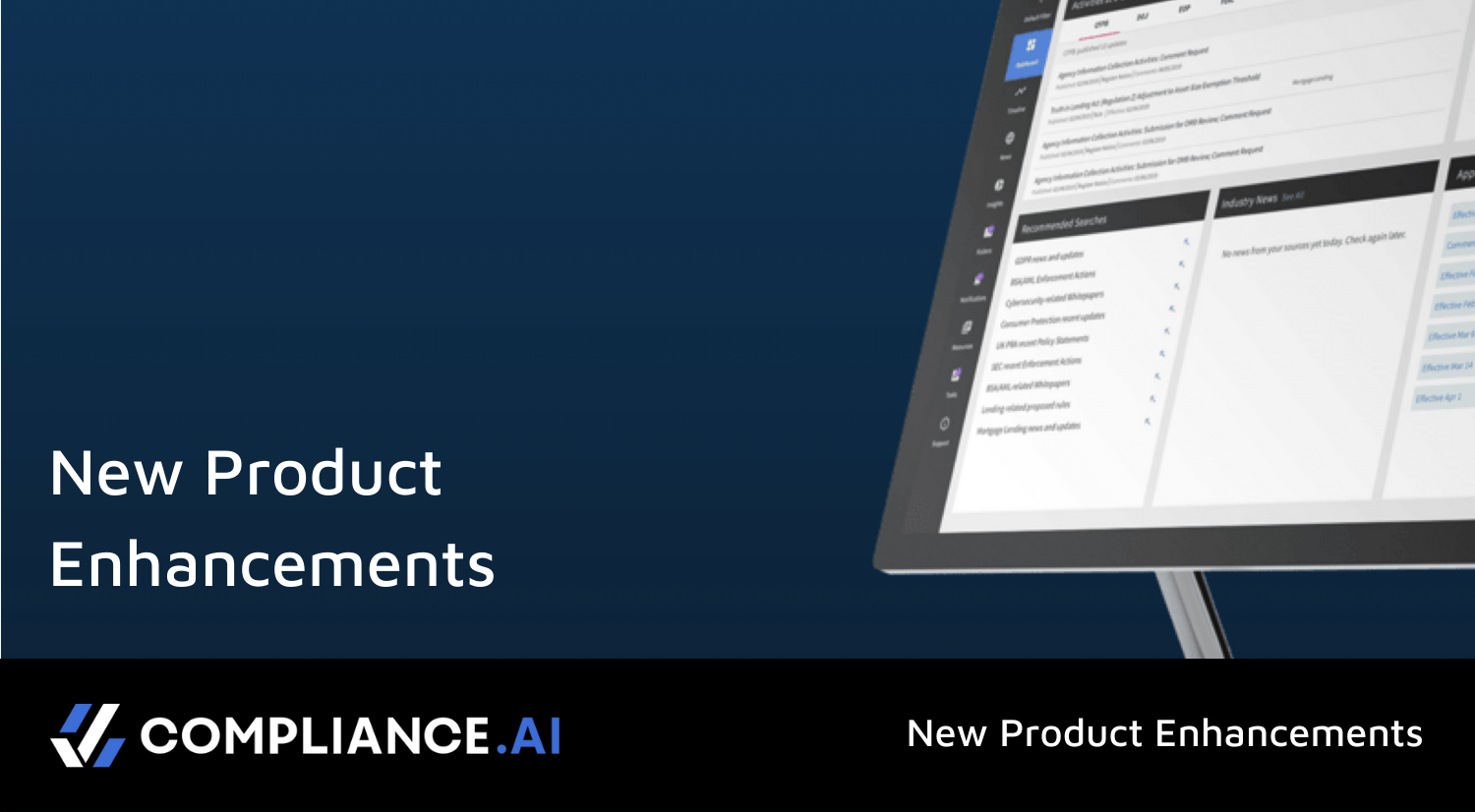There’s few hard and fast numbers on how many companies continue to rely on manual compliance strategies to manage risk. Certainly, more companies have either moved – or are moving – to automated workflow-based compliance systems.
Still, the issue of manual compliance systems is one that won’t go away.
One report that does shine a light on company compliance standards comes from McKinsey, which recently surveyed 24 leading global banks to see where financial institutions stood on compliance strategies.
What the survey found was eye-opening.
According to McKinsey, as part of the survey, respondents were asked to assess compliance maturity in five areas: 1) foundational capabilities, 2) core policies and oversight, 3) critical business and management processes, 4) personnel, and 5) control systems.
“The profile of compliance-function capabilities that emerged from the assessment was a varied one,” McKinsey stated. “Most banks scored low in areas relating to control systems, including automation, monitoring and assessment, reporting and management-information systems, and analytics. In line with these results, the executives we spoke with were keen to explore how best to use data, analytics, and technology to improve the compliance function and capture untapped potential.
As the McKinsey study shows, the more companies lean on manual-based compliance strategies, the less secure they feel about their compliance operations.
For firms that remained mired in outdated, inefficient legacy and/or spreadsheet-based manual compliance systems, the risk is substantial.
Besides falling behind competitors who have transitioned to automated compliance systems, manual-dependent companies become increasingly vulnerable to onerous fines, penalties, brand damage, and negative outcomes without the critical oversight for effective compliance.
Identifying the Biggest Risks in Sticking to Manual-Based Compliance Systems
For years, even decades, company compliance managers were generally okay with manual-based risk management tools.
Running compliance operations on spreadsheets, printed company policy manuals, and filing critical compliance documents in binders and storage drawers was once a fact of life for risk management teams.
Equally so, the fact is that manual compliance systems are more costly, take longer to manage, are less efficient and effective than current cloud-based risk management systems that leverage emerging technologies like artificial intelligence, machine learning, and data analytics.
For companies that haven’t seen the light and continue to run compliance on manual tools, the risks in doing so are accelerating – with these “big risks” rising to the top of that list:
You’re losing precious time. By chasing down management to sign off on compliance initiatives and revise old documents, and by filing compliance documents in old Excel spreadsheet files, on a file server, or worse, in office filing cabinets, companies are taking a huge risk.
Company risk managers need real time access to key pieces of company compliance data, especially if called upon by regulators to provide that data.
Any delay in getting compliance into the right hands heightens the odds of a moderate compliance issue turning into a major one. With cloud-based compliance systems able to provide needed compliance information at the click of a keystroke, it’s simply courting trouble to continue to depend on manual systems.
You’re spending too much money. Yes, the new generation of automated, AI-based compliance systems can require a substantial investment. But making that investment and taking all of your company’s risk management data on the cloud is actually quite affordable once your system is up and running.
While costs vary, and one company may spend $8 million on compliance and another company may spend $30 million, the data shows that non-compliance can wind up costing companies twice their compliance budget.
With that level of risk in play, relying on archaic, manual-based compliance systems can wind up accelerating risk management costs compared to cloud-based compliance services.
You’re risking negative compliance risk outcomes. Manual based compliance systems are fraught with inefficiency.
Whether it’s compliance team members not getting critical information on time, or filing internal or external compliance policies late (or not at all) due to a paper-based information chain, manual risk management campaigns routinely suffer from inefficiencies not found in automate compliance systems.
The Case for Automated Compliance Systems
Given the complicated nature of regulatory compliance management, it only makes sense to move forward with cloud-based compliance services that provide risk management assessments up and down your information technology network.
With automated, workflow-based compliance systems, companies can curb the time needed to access and assess corporate-wide data. They can easily comply with data compliance and privacy regulations, and can easily and quickly run compliance self-audits that can identify and correct problems before they’re picked up by regulators.
Manual compliance systems simply can’t compete at that level – and that’s an outcome some companies are discovering the hard way.

 Automatically monitor regulatory updates to map to your internal policies, procesures and controls. Learn More
Automatically monitor regulatory updates to map to your internal policies, procesures and controls. Learn More



